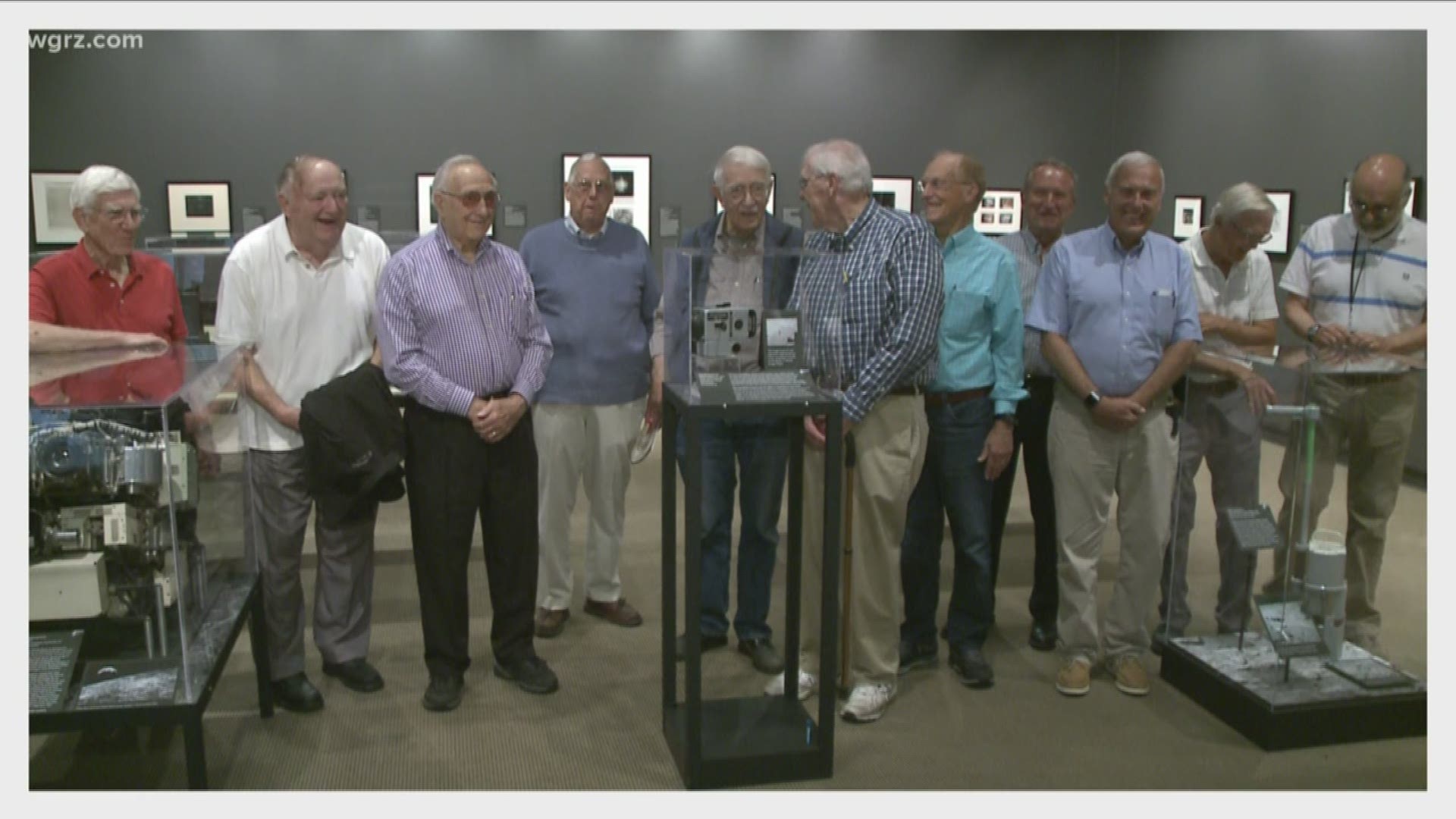ROCHESTER, N.Y. — Back in the mid-60s, they were a group of kids about to make history. But make no mistake, these now-Kodak retirees were pioneers, they were cowboys, blazing a brand-new trail. More than a half century later, they can reflect on their role in paving the way for the one small step that changed humanity.
They were put on a top-secret program to lay the groundwork for the realization of President Kennedy’s pledge to walk on the moon by the end of the decade. “Everything was new, and even those of us who took physics in college couldn’t really pull everything together” says David McDowell.
What they were trying to accomplish might have seemed impossible at the time. Develop a camera that could go into space and orbit the moon, capturing a photographic catalog, and mapping the moon surface. The reason? To identify a possible landing spot for the Apollo lunar landing.
In August 1966, and NASA launched Lunar Orbiter 1, the first American spacecraft to orbit the Moon. The first of five unmanned missions that collectively sent back 2180 high resolution images, including the iconic "Earthrise." It was man’s first look at earth rising over the moon. Art Cosgrove was at the monitor when the image was sent back, becoming the first man to see it. “Oh man, I was on top of the world.”
It was no small feat, the film was developed automatically in space, then scanned by a high intensity beam of light, turned into a signal that was then transmitted 238,000 miles back to Earth.
Recently at the George Eastman Museum in Rochester 13 members of that original team gathered to look over the prototype of the lunar orbiter camera they created, as well as another one of their major innovations, a 35 mm stereoscopic camera that enabled astronauts to photograph extreme close-ups of rocks, dust, and minute features of the moon's surface. It was Bob Shanebrook’s first assignment. “I made sure I touched and handled and used every camera, so I could say I touched something that is still on the moon and will be there forever.”
Kodak’s early technology put photography in the hands of everyone, this space age technology gave Neil Armstrong, Michael Collins and Buzz Aldrin the eyes they needed in the sky before they could make history.

